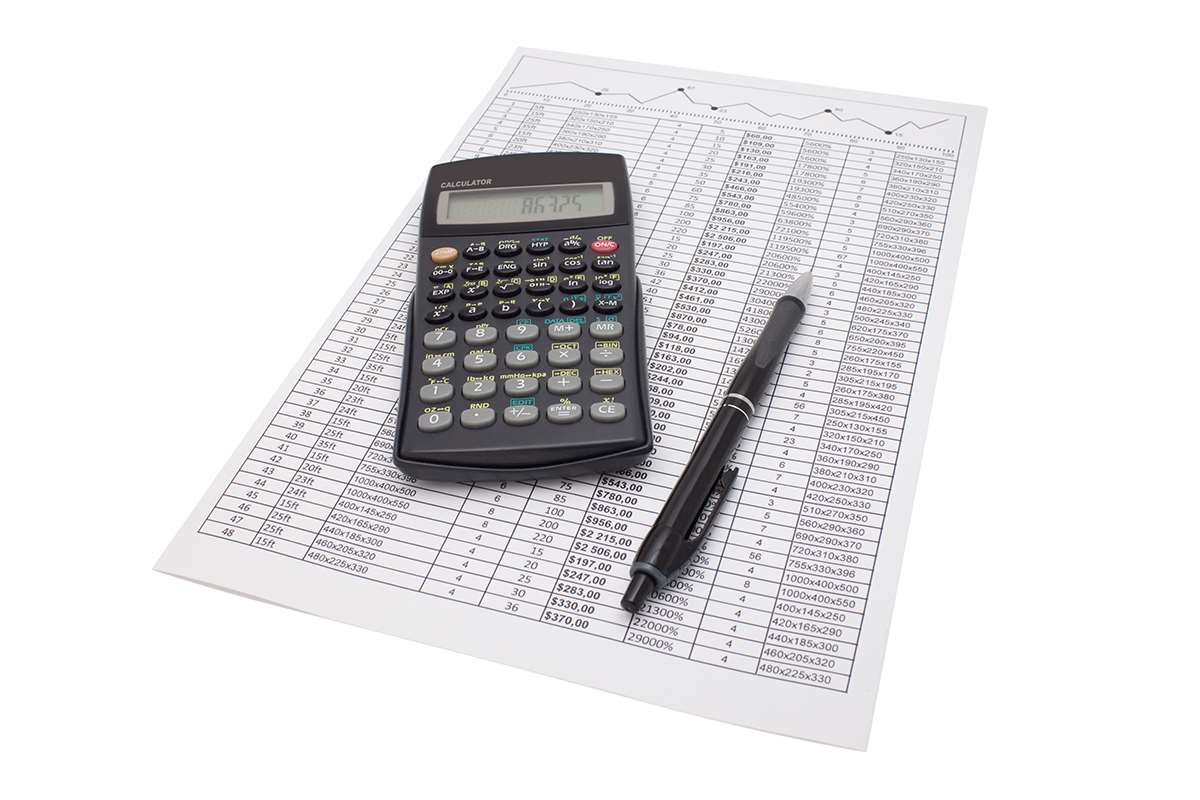
However, the total amount of depreciation expense during the life of the assets will be the same. The double-declining balance (DDB) depreciation method, also known as the reducing balance method, is one of two common methods a business uses to account for the expense of a long-lived asset. Compared to the standard declining balance method, the double-declining method depreciates assets twice as quickly.

Depreciation Base of Assets
- However, the 20% is multiplied times the fixture’s book value at the beginning of the year instead of the fixture’s original cost.
- You should consult your own legal, tax or accounting advisors before engaging in any transaction.
- Accountingo.org aims to provide the best accounting and finance education for students, professionals, teachers, and business owners.
- The double declining balance method allows businesses to depreciate assets more rapidly in the initial years of their useful life.
- The journal entry will be a debit of $20,000 to Depreciation Expense and a credit of $20,000 to Accumulated Depreciation.
- Since we already have an ending book value, let’s squeeze in the 2026 depreciation expense by deducting $1,250 from $1,620.
In this way, an organization can allocate reduced depreciation in later years. The double declining balance strategizes depreciation costs in a declining format in later years. Doing so helps to counterbalance the expanded maintenance costs with fewer depreciation costs. This method can be placed between the straight-line method and the double declining balance method, in terms of speed of depreciation. In this method, the yearly depreciation is separated into various fractions based on the number of years in the useful life. In business, companies purchase equipment or double declining balance method physical assets that have a valuable life or a useful life.

Step 4: Compute the Final Year Depreciation Expense
- Aside from DDB, sum-of-the-years digits and MACRS are other examples of accelerated depreciation methods.
- In the accounting period in which an asset is acquired, the depreciation expense calculation needs to account for the fact that the asset has been available only for a part of the period (partial year).
- Where you subtract the salvage value of an asset from its original cost and divide the resulting number– the asset’s depreciable base– by the number of years in its useful life.
- This results in depreciation being the highest in the first year of ownership and declining over time.
- For this reason, DDB is the most appropriate depreciation method for this type of asset.
This method calculates depreciation based on the exact month an asset is placed into service, which can be beneficial for businesses with significant asset turnover. This method is an essential tool in the arsenal of financial professionals, enabling a more accurate reflection of an asset’s value over time in balance sheets and financial statements. Salvage value is the estimated resale value of an asset at the end of its useful life. Book value is the original cost of the asset minus accumulated depreciation. Both these bookkeeping figures are crucial in DDB calculations, as they influence the annual depreciation amount.
Microsoft® Excel® Functions Equivalent: DDB
- To calculate the depreciation rate for the DDB method, typically, you double the straight-line depreciation rate.
- Double declining balance depreciation is an accelerated depreciation method that charges twice the rate of straight-line deprecation on the asset’s carrying value at the start of each accounting period.
- By automating the complex calculations required for methods like DDB, AI ensures accuracy and saves valuable time.
- Then, calculate the straight-line depreciation rate and double it to find the DDB rate.
- XYZ Company has estimated the salvage value, also known as residual value, of the machine to be $5,000 at the end of its five-year useful life.
For instance, in the fourth year of our example, you’d depreciate $2,592 using the double declining method, or $3,240 using straight line. Now you’re going to write it off your taxes using the double depreciation balance method. If something unforeseen happens down the line—a slow year, a sudden increase in expenses—you may wish you’d stuck to good old straight line depreciation. While double declining balance has its money-up-front appeal, that means your tax bill goes up in the future.
Advance Your Accounting and Bookkeeping Career
Our intuitive software automates the busywork with powerful tools and features designed to help you simplify your financial management and make informed business decisions. The beginning of period (BoP) book value of the PP&E for Year 1 is linked to our purchase cost cell, i.e. However, the management teams of public companies tend to be short-term oriented due to the requirement to report quarterly earnings (10-Q) and uphold their company’s share price. Now that we have a beginning value and DDB rate, we can fill up the 2022 depreciation expense column. If the beginning book value is equal (or almost equal) with the salvage value, don’t apply the DDB rate. Instead, compute the difference between the beginning book value and salvage value to compute the depreciation expense.
The double declining balance method calculates depreciation by applying a constant rate to an asset’s declining book value. First, the straight-line depreciation rate is determined by dividing 100% by the asset’s useful life. For example, an asset with a five-year useful life has a straight-line rate Restaurant Cash Flow Management of 20%.

Consider a scenario where a company leases a fleet of cars for its sales team. These cars are crucial for the business, but they also lose value quickly due to high mileage and wear and tear. Using the DDB method allows the company to write off a larger portion of the car’s cost in the first few years.

and Reporting
- The biggest thing to be aware of when calculating the double declining balance method is to stop depreciating the asset when you arrive at the salvage value.
- The key to calculating the double declining balance method is to start with the beginning book value– rather than the depreciable base like straight-line depreciation.
- The method assesses the depreciation expense for the given accounting period multiplied by the number of produced units.
- She holds a Bachelor of Science in Finance degree from Bridgewater State University and helps develop content strategies.
- Then come back here—you’ll have the background knowledge you need to learn about double declining balance.
By integrating AI, companies can ensure precise and efficient handling of their asset depreciation, ultimately improving their financial operations. To illustrate the double declining balance method in action, let’s use the example of a car leased by a company for its sales team. This will help demonstrate how this method works with a tangible asset that rapidly depreciates. Salvage value, or residual value, represents the estimated amount an asset is expected to retain at the end of its useful life. While the double declining balance method emphasizes rapid depreciation, the salvage value plays a role in ensuring total depreciation does not reduce the book value below this amount. Explore the double declining balance method for depreciation, focusing on calculation, adjustments, and financial reporting insights.
Understanding Contributed Surplus in Shareholder Equity
Therefore, the book value of $51,200 multiplied by 20% will result in $10,240 of depreciation expense for Year 4. If the double-declining depreciation rate is 40%, the straight-line rate of depreciation shall be its half, i.e., 20%. Double-declining depreciation charges lesser depreciation in the later years of an asset’s life. To calculate the double-declining depreciation expense for Sara, we first need to figure out the depreciation rate. In the last year of an asset’s useful life, we make the asset’s net book value equal to its salvage or residual value. This is to ensure that we do not depreciate an asset below the amount we can recover by selling it.
